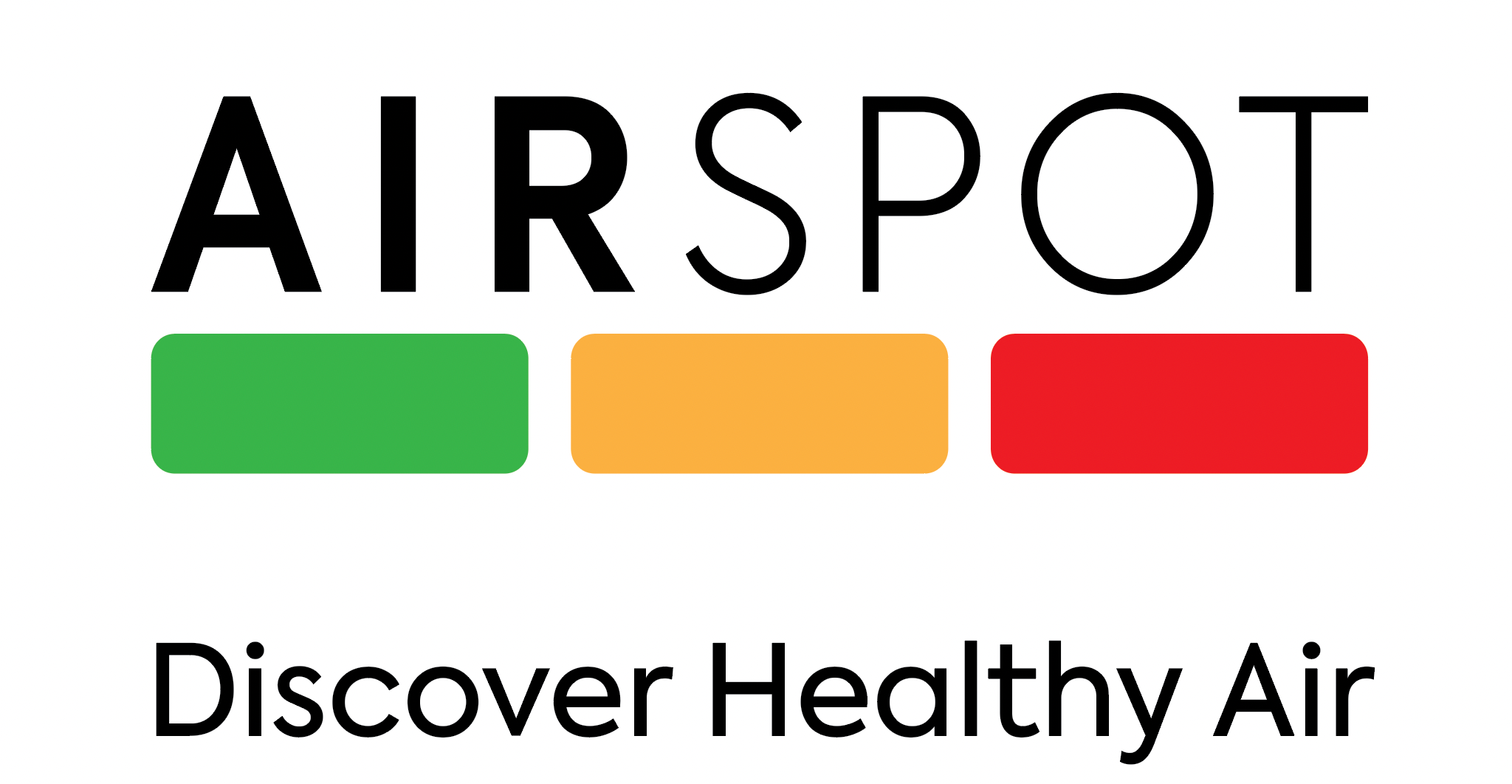Testing mobile air purifiers in a school classroom: Reducing the airborne transmission risk for SARS-CoV-2
Airborne transmission of SARS-CoV-2 through virus-containing aerosol particles has been established as an important pathway for Covid-19 infection. Suitable measures to prevent such infections are imperative, especially in situations when a high number of persons convene in closed rooms.
Here we tested the efficiency and practicability of operating four air purifiers equipped with HEPA filters in a high school classroom while regular classes were taking place.
We monitored the aerosol number concentration for particles > 3 nm at two locations in the room, the aerosol size distribution in the range from 10 nm to 10 µm, PM10 and CO2 concentration. For comparison, we performed similar measurements in a neighboring classroom without purifiers.
In times when classes were conducted with windows and door closed, the aerosol concentration was reduced by more than 90 % within less than 30 minutes when running the purifiers (air exchange rate 5.5 h-1).
The reduction was homogeneous throughout the room and for all particle sizes.
The measurements are supplemented by a calculation estimating the maximum concentration levels of virus-containing aerosol from a highly contagious person speaking in a closed room with and without air purifiers.
Measurements and calculation demonstrate that air purifiers potentially represent a well-suited measure to reduce the risks of airborne transmission of SARS-CoV-2 substantially.
Staying for two hours in a closed room with a highly infective person, we estimate that the inhaled dose is reduced by a factor of six when using air purifiers with a total air exchange rate of 5.7 h-1.
To read more click on this link: https://www.medrxiv.org/content/10.1101/2020.10.02.20205633v3





